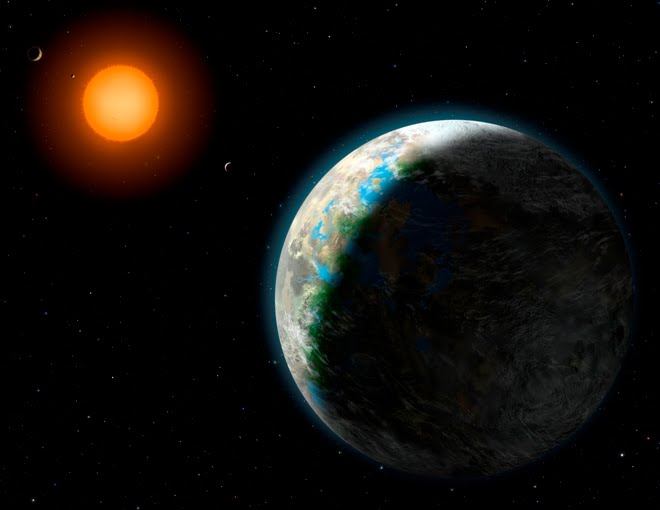
Meteor shower to be obscured by daylight, full moon
CAPE CANAVERAL, Fla. -- Heads-up, meteor fans.
As many as 750 meteors an hour are expected Saturday, as Earth travels through streams of dust and ice from Comet Giacobini-Zinner. The comet passes through the inner solar system every seven years.
But the timing for viewing them in the United States is terrible. These Draconid meteors are expected to peak between 3 and 5 p.m. EDT, so the sun will obscure everything.
NASA space weatherman Bill Cooke suggests popping outside and taking a look once it's dark. You might get lucky if forecasters' timing is off.
And while the meteors will be falling during nighttime in Europe, Africa and the Middle East, a nearly full moon is expected to dull the spectacle there.
"The moon sucks. It's messed up meteor showers this year. Next year will be better," said Cooke, team leader of NASA's Meteoroid Environment Office at Marshall Space Flight Center in Huntsville, Ala.
It just so happens that this year's meteor showers are falling at or near the time of full moons.
Because the Draconids move relatively slowly – 12 miles per second – they're faint and the moonlight "really tends to wash them out," Cooke said in a phone interview.
The Draconids get their name from the constellation Draco, the Dragon.
In 1933 and 1946, the Draconid outbursts were major – observers reported an astounding rate of 20,000 shooting stars an hour. An Irish astronomer described the 1933 episode like a flurry of snowflakes.
The next Draconid outburst after this one will be in 2018.
If you miss this weekend's Draconids, you can catch the Orionids on Oct. 22 – remnants from Halley's Comet, expected to number 20 meteors an hour.
Then there are the Leonids in mid-November – with as many as 100 meteors an hour.
"Unfortunately, the moon will interfere with them as well," Cooke said. "We just don't have any good luck, moonwise, this year."






No comments:
Post a Comment